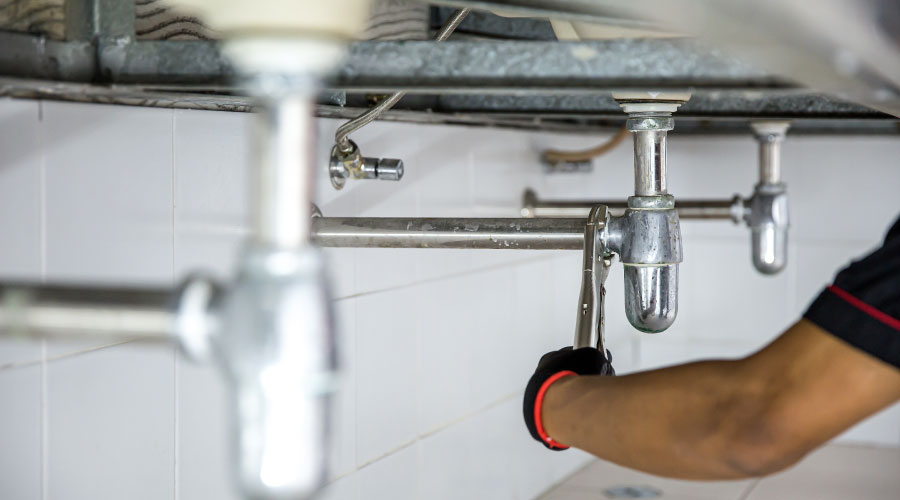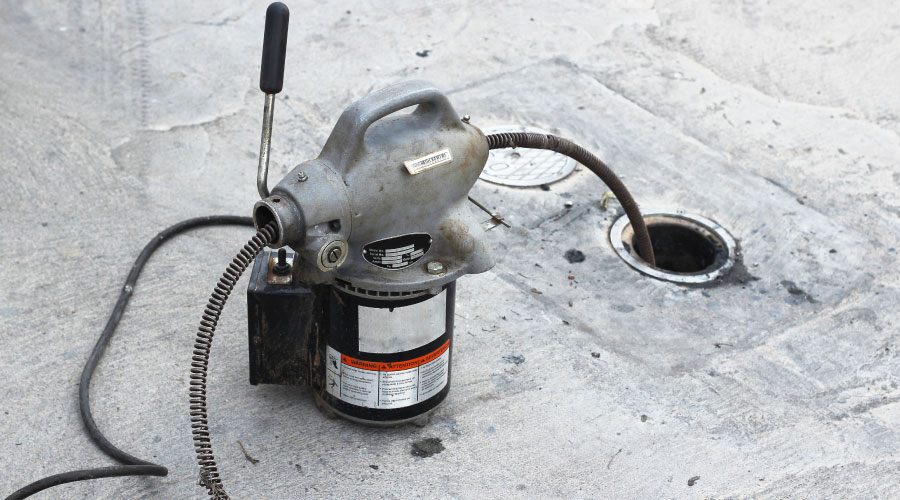Devising a Drain Cleaning Training Strategy
An effective training program for drain cleaning educates technicians in proper procedures and methods, demonstrates the most effective ways to perform them, and provides guided applications that enables technicians to practice using the equipment under an instructor's guidance.
The learning curve associated with this process can be challenging. The first few attempts might be slow and hesitating. But as the technician masters the method, the motions become smoother, and the cycle time becomes shorter. When the cycle time approaches the standard time for the method, the student has mastered the method. The best training resources are those that allow the instructor to present all of these phases of effective training and measure progress against standard times.
Two essential elements in this process are an effective training format and convenient location. In-house training requires instructors, space and equipment, such as computers, screens, projectors, and instruction materials — manuals, eBooks, and mock-ups of drain systems for practice. Managers also need to ensure proper recordkeeping to comply with federal requirements for testing and certification of operators and supervisors.
The main advantages of an in-house course are that there are no travel and living costs for technicians, and they do not have to attend in groups. They can attend one at a time, enabling co-workers to keep up with the workload.
Online training can relieve the organization of in-house space and equipment costs. Only the tuition, materials, testing and certification are required. Some courses supplement online materials with a manual for recording lesson completions, illustrations, equipment diagrams and checklists.
The online option also allows flexible scheduling because each student can work online separately. Practice still takes place in-house as on-the-job-training, or at a vendor facility with mock-ups of actual situations.
Off-site training offers instructors, space and equipment at a site away from the business operation. One benefit of this format is that student attendees can concentrate on the course materials without the distraction of interference from their day-to-day operations.
If done at the equipment manufacturer's or distributor's site, this is a very effective way to let technicians become familiar with the equipment. Hands-on operation under the supervision of a certified instructor can be performed in situations that are set up for the purpose. Technicians can practice on actual equipment. Instructors can demonstrate various maintenance and PM procedures and show technicians the tools and methods that are most effective for keeping the equipment, safety features and controls in top shape.
The disadvantage is that the employer must pay travel costs. Considering the quality of the training in this format and the value of hands-on participation, this still can be a cost-effective alternative.
Thomas A. Westerkamp is a maintenance and engineering management consultant and president of the work management division of Westerkamp Group LLC.
Related Topics:













